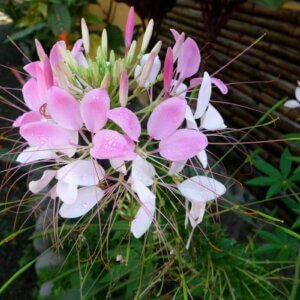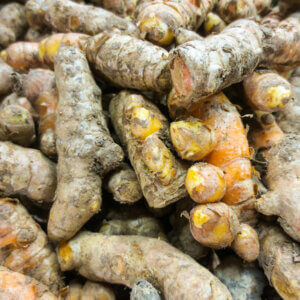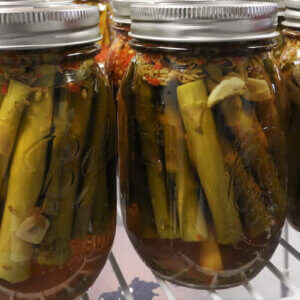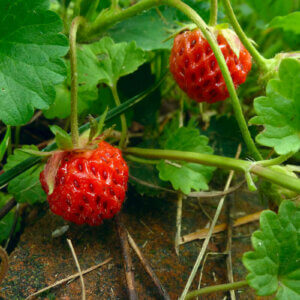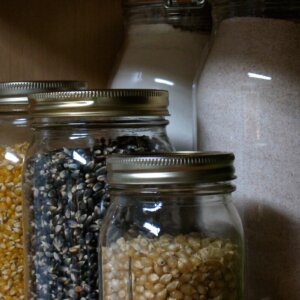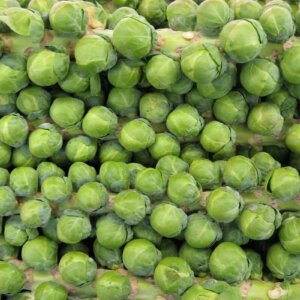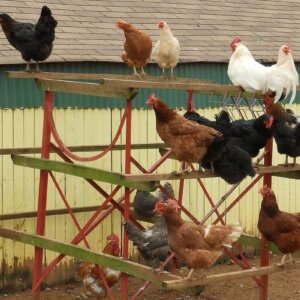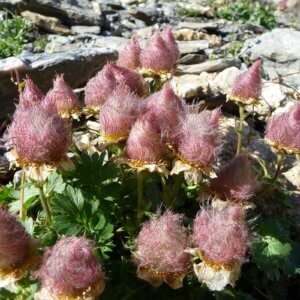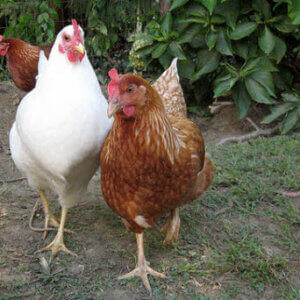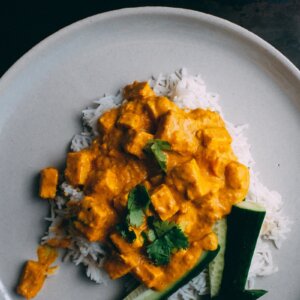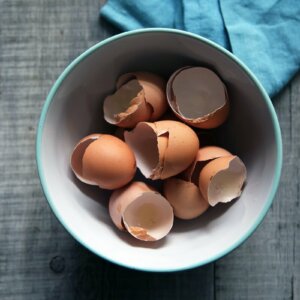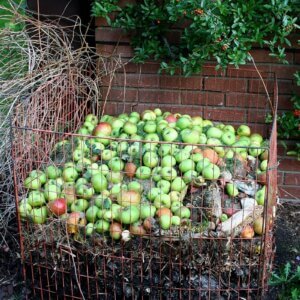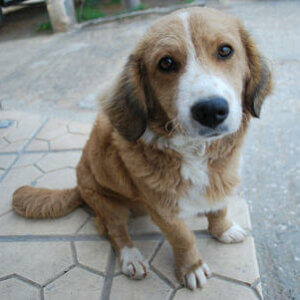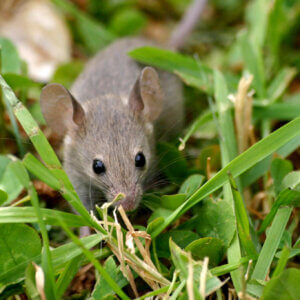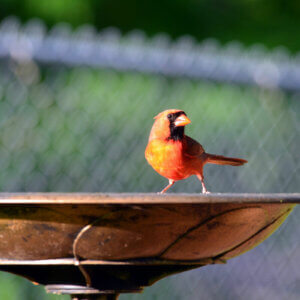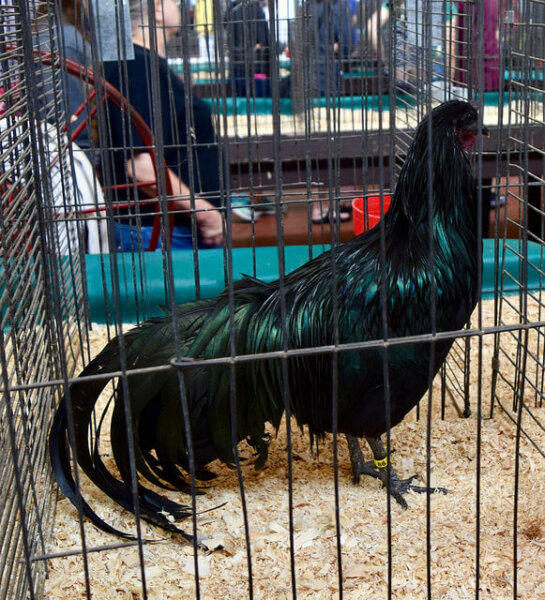
- Purpose: Ornamental
- Eggs: White
- Egg Size: Small
- Color: Black
- Comb Type: Pea
With a stately air like a king, the Sumatra chickens struts across the ground. His sweeping tail feathers evoke more peacock than chicken as they glint in the sunlight like a living jewel.
He’s hardly black-feathered: As soon as the sun hits his plumage, they dazzle in greens, purples, and blues. Look into his dark bead of an eye, and you see a bird that evokes its wild jungle ancestry far more accurately than the cuddly Pekin that waddles in the background.
Characteristics
Sumatra chickens originated in the Indonesian islands, where many of them still roam wild. And like the wild birds that they basically are, they don’t behave like your standard chicken. Sometimes called “Sumatran Pheasants” or “Javan Pheasant Game Birds,” these chickens are said to behave more like wild birds than domestic poultry. Excellent foragers, they live more in tune with the seasons, breeding and fighting for dominance in the early spring, just like birds in the wild do.
And like the robins and blue jays that fly overhead, your graceful Sumatra cock likes to get airborne. These chickens are quite adept at flying and not tolerant of being contained. For the free-ranging chicken-keeper, this trait means that the Sumatra is able to protect itself a bit more than the average bird! Active, watchful, and a bit flighty, they can launch themselves in the air to avoid an attack.
Overall, the breed is known for being very easy to raise. They are fairly weather hardy—particularly in hot weather. Additionally, hens go broody readily and are known to be good mothers.
In terms of lawn candy, you could hardly ask for a prettier bird. Most Sumatran chickens are that iridescent beetle-green, but there is a rarer blue form of the bird. Both forms will certainly be a delight to the eyes.
A Wild Bunch
Cockerels are notable in that they have multiple spurs per foot. They aren’t particularly pugnacious, however. Even though they were originally brought to the states under the guise of being excellent fighting birds with their naturally small combs and lean bodies, it is not what they are best suited for.
Male Sumantrans fight on a seasonal basis, becoming aggressive with each other during the breeding season, but peacefully coexist the rest of the year. Thankfully, their personality toward humans is much more calm and docile year-round.
These lovely birds are quite rare, with only around 500 breeding birds in the United States. It may be difficult to track them down, but if you can, you may be an important part of the effort to ensure that their beauty and majesty is appreciated for future generations.
What’s the Yield?
Sumatra chickens are mainly kept for exhibition, though they lay a decent amount of eggs, considering how “primitive” they are. Hens lay around 100 small, white eggs a year.
It may be surprising to realize that, despite how large it looks with its grand feathering, the Sumatra cockerel is a mere 5 pounds. Hens usually reach 4 pounds.
Like the Silkie Chicken, Sumatra birds have black skin and bones!
Photos of Sumatra Chickens
Resources
- American Sumatra Association
- Sumatra, My Pet Chicken
- Sumatra Chicken, The Livestock Conservancy
- Poultry Breeds – Sumatra Chickens, Oklahoma State University Breeds of Livestock, Department of Animal Science
- Sumatra Chicken, Wikipedia
- Black Sumatra Chickens Details, Purely Poultry
- Sumatra, Backyard Chickens
- Black Sumatras: Domesticated but primitive, Red Feather Farm
- Sumatra Chicken Breed Information, Roy’s Farm
- Black Sumatra Chicken, Chicken Heaven On Earth
- Sumatra Chickens, Hobby Farms
- Sumatras, Feathersite
- Sumatra Chicken Breed A Beautiful Addition, Back Roads Living

